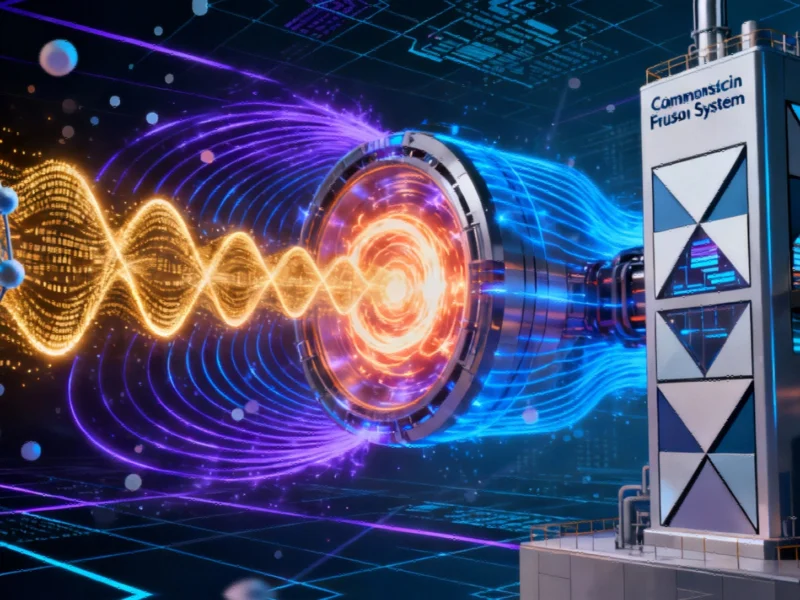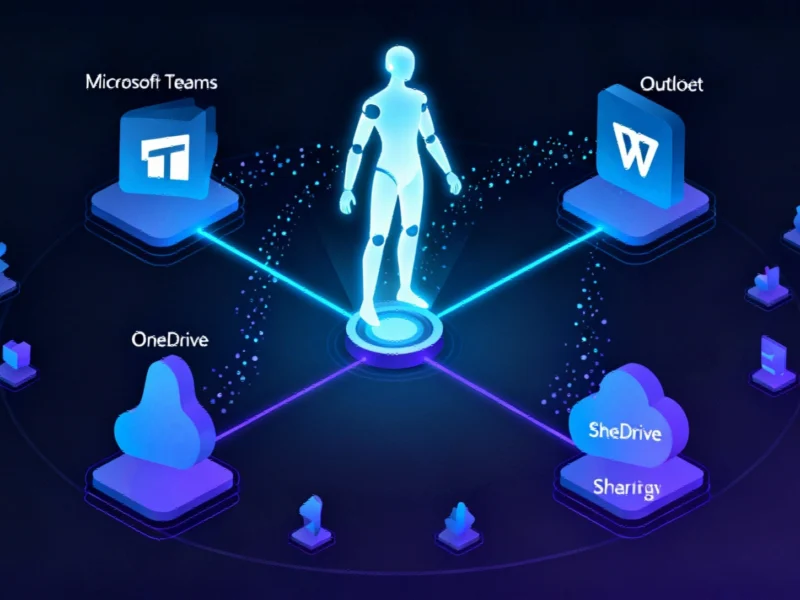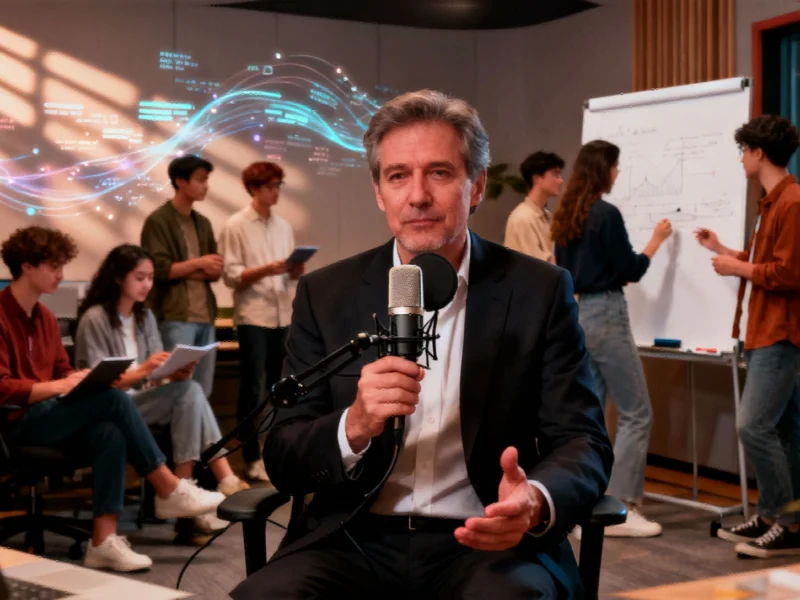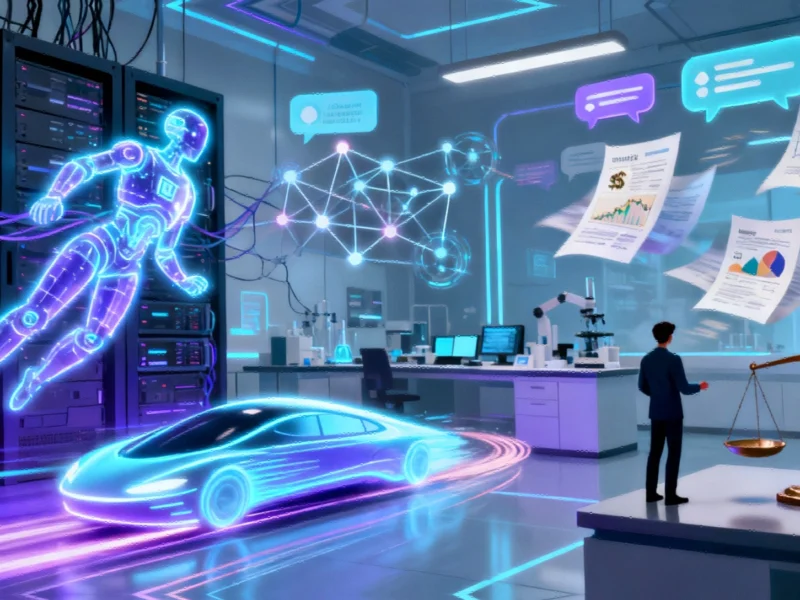DeepMind’s Fusion Energy Partnership Signals Tech’s Power Infrastructure Push
Google’s artificial intelligence division DeepMind has entered a strategic research partnership with Commonwealth Fusion Systems, marking one of the most significant corporate moves into fusion energy development. This collaboration represents a growing trend where technology giants are directly investing in next-generation power solutions to support their energy-intensive operations, particularly as AI computational demands skyrocket.
The partnership builds upon Google’s previous capital investments in CFS and includes an agreement granting the tech company access to 200MW of power from CFS’s first commercial fusion plant, currently under development in Chesterfield, Virginia. This arrangement highlights how major tech corporations are securing their future energy needs while advancing clean energy technologies that could transform global power generation.
AI’s Expanding Role in Fusion Research
DeepMind brings substantial experience to the fusion challenge, having previously collaborated with Swiss university EPFL to develop machine learning algorithms for plasma containment—one of the most complex engineering hurdles in fusion reactor design. The company has further demonstrated its commitment to the field by open-sourcing its plasma simulation software, potentially accelerating research across the entire fusion ecosystem.
This move reflects broader industry developments where tech companies are diversifying their energy investments rather than concentrating on single solutions. Google maintains additional partnerships with California-based TAE Technologies, while OpenAI’s Sam Altman has personally backed Helion Energy, which has secured a power purchase agreement with Microsoft.
Humanoid Robotics Emerges From Stealth Mode
Meanwhile, the AI revolution is spawning parallel innovations in robotics, with two well-funded Silicon Valley ventures emerging from stealth development. Palo Alto-based Rhoda AI has secured $230 million in total funding to develop what it describes as a “general purpose bimanual manipulation platform”—essentially a humanoid robot capable of heavy lifting tasks that challenge current robotic systems.
According to documents obtained by Forbes, Rhoda’s key innovation focuses on overcoming the weight limitations that restrict most humanoid robots to loads under 50 pounds while maintaining balance. This capability could significantly impact recent technology applications in manufacturing and logistics where heavy object manipulation remains a persistent challenge.
Genesis AI, described as a “full-stack robotics” company, has taken a different approach with its $105 million seed funding from investors including Khosla Ventures and Eric Schmidt. The startup is developing a wheeled humanoid robot that prioritizes cost-effectiveness and safety over bipedal locomotion. CEO Zhou Xian clarified that the company partners with hardware vendors rather than building robots from scratch, focusing primarily on developing the AI software that will control these machines.
Agricultural Innovation and Broader Tech Developments
Beyond energy and robotics, significant advancements are occurring across multiple industrial sectors. University of Maryland researchers have identified a genetic trait in wheat that triples grain production by developing three ovaries per flower instead of one. This discovery could eventually transform global food production as breeders work to activate this dormant gene in commercial wheat varieties.
The transportation sector continues its automation evolution with Waymo announcing plans to launch its driverless robotaxi service in London next year—marking Alphabet’s first European market entry. This expansion reflects the growing maturity of autonomous vehicle technology despite ongoing regulatory and technical challenges.
SpaceX achieved another milestone with its Starship rocket, completing its second successful test flight out of five attempts for the current vehicle iteration. These developments in reusable rocket technology are lowering the cost barrier to space access, enabling new commercial and research opportunities.
Industrial and Computing Advancements
Nvidia continues to democratize AI capabilities with its DGX Spark, marketed as “the world’s smallest AI supercomputer.” Priced at $3,999, the system enables developers to run advanced AI models locally, potentially accelerating innovation across multiple industries by reducing dependency on cloud computing resources.
Nuclear energy startup Radiant is establishing its first manufacturing facility for portable miniature reactors at a Tennessee site historically significant to the Manhattan Project. This development represents growing interest in related innovations for decentralized power generation that could support remote industrial operations or emergency power needs.
These technological advances occur alongside important market trends in industrial policy and ethics. As federal funding uncertainties threaten scientific research continuity, and AI ethics frameworks continue to evolve, industry leaders must navigate an increasingly complex regulatory and social landscape.
From energy to agriculture, robotics to computing, these interconnected developments demonstrate how technological innovation is reshaping industrial capabilities while raising important questions about implementation, regulation, and societal impact. As these technologies mature, their convergence promises to redefine what’s possible across multiple sectors of the global economy.
This article aggregates information from publicly available sources. All trademarks and copyrights belong to their respective owners.



